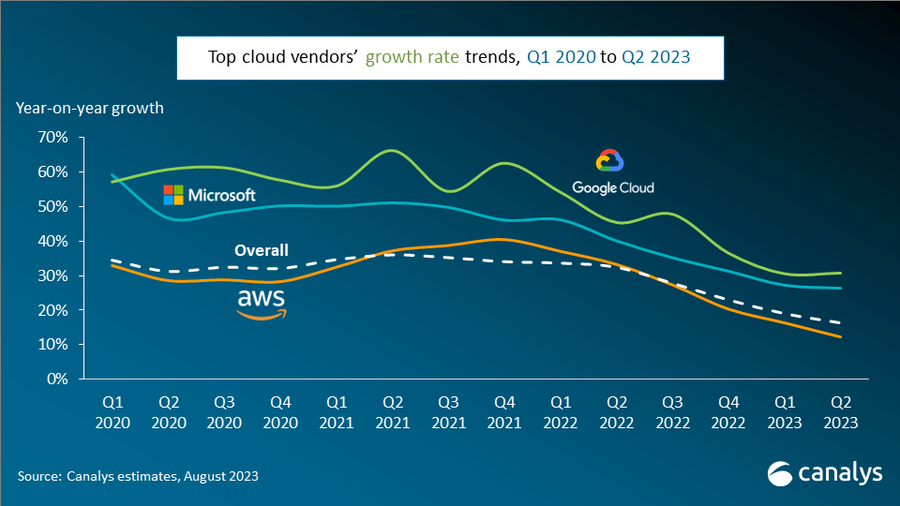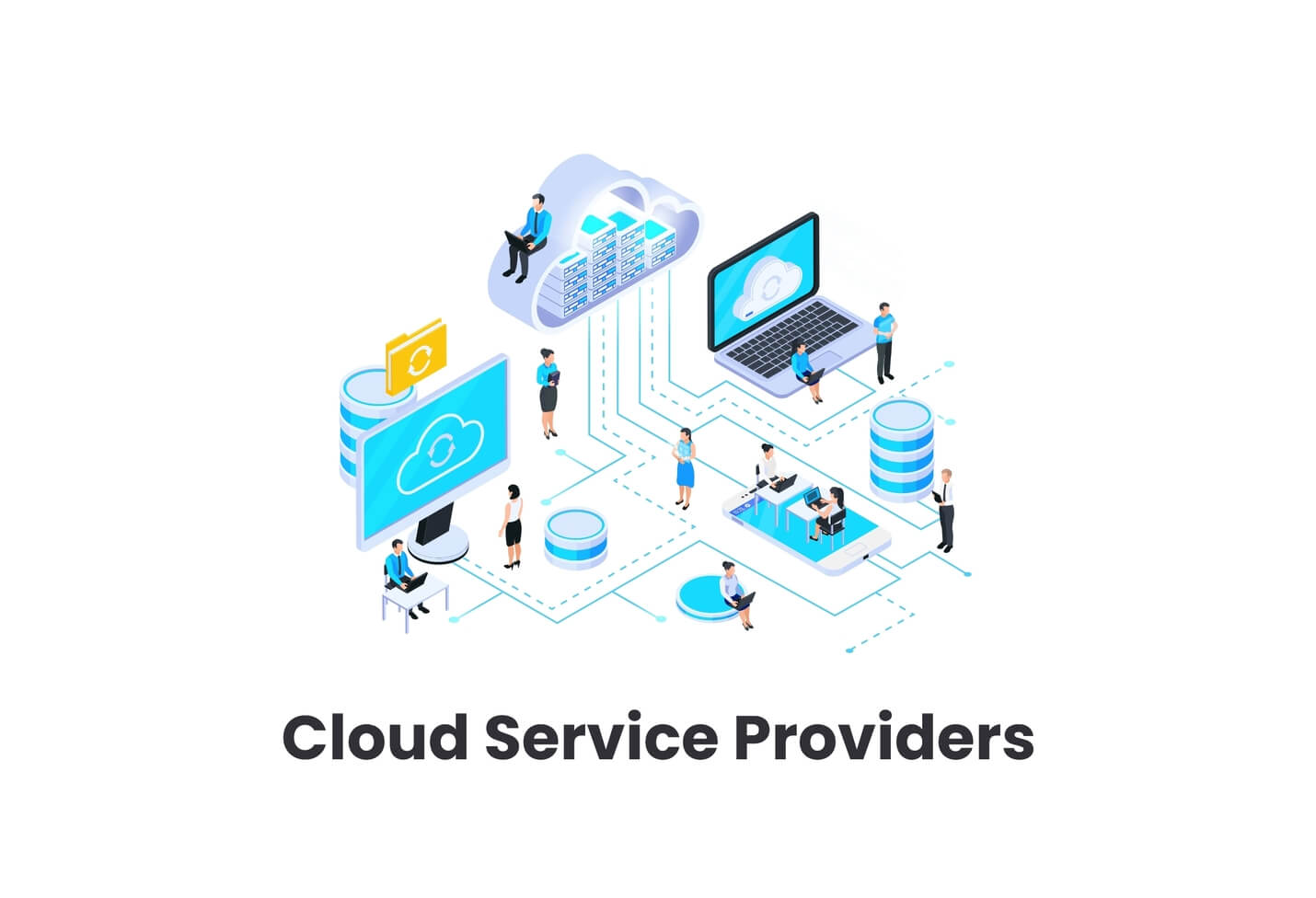Achieve Seamless Scalability With Cloud Provider
In the ever-evolving landscape of cloud solutions, accomplishing smooth scalability stands as a foundation for modern businesses looking for to remain adaptable and competitive. The quest for seamless scalability with cloud solutions unveils a world of opportunities for those willing to welcome the transformative power of dynamic resource monitoring.
Advantages of Cloud Scalability
Cloud scalability uses organizations the adaptability to dynamically readjust resources based upon demand, ensuring optimal performance and price efficiency. One crucial advantage is the ability to range resources up or down quickly in action to changing workloads. This dexterity enables organizations to satisfy changing customer requirements without over-provisioning sources, inevitably resulting in cost financial savings. Scalability additionally improves efficiency by guaranteeing that systems can manage boosted traffic or work without experiencing downtime or downturns. By successfully designating sources, organizations can keep high levels of efficiency during peak times without unneeded costs during quieter periods. Furthermore, cloud scalability promotes innovation and testing by permitting organizations to conveniently evaluate brand-new concepts and scale them as needed. This flexibility motivates a culture of continuous improvement and adjustment, allowing companies to remain affordable in a quickly advancing market landscape. Inevitably, the advantages of cloud scalability prolong past cost financial savings to include better performance, agility, and development.
Trick Attributes for Scaling
Effective scaling in cloud solutions depends on vital features that enable companies to change resources dynamically based on need. One important function for scaling is elasticity, enabling sources to scale up or down in response to rising and fall workloads. This makes certain that organizations can satisfy performance requirements without over-provisioning resources. An additional essential attribute is scalability, allowing systems to take care of enhanced work by adding sources perfectly. This attribute is important for accommodating development without jeopardizing efficiency. Furthermore, automation plays a vital function in scaling by automating the provisioning and de-provisioning of sources based upon predefined policies. Automation lowers human intervention, improves performance, and guarantees rapid feedback to changing needs. Monitoring and analytics tools are likewise vital for scaling, giving insights into resource usage, efficiency metrics, and prospective traffic jams. These tools enable companies to make informed choices and maximize resource allowance for efficient scaling. Generally, these vital attributes collectively equip companies to accomplish smooth scalability in cloud solutions.
Carrying Out Auto-Scaling Methods
To efficiently enhance resource appropriation and adapt to differing work, companies should tactically carry out auto-scaling techniques in their cloud services framework. Auto-scaling permits systems to immediately readjust the variety of my blog compute sources based on real-time demand. There are different auto-scaling approaches that organizations can employ, such as anticipating scaling, which uses historic data to anticipate future resource demands, and reactive scaling, which reacts to present work adjustments.

Best Practices for Scalability
For organizations aiming to boost their scalability in cloud services, executing best practices is important for optimal efficiency and resource monitoring. One key ideal method is making applications with a microservices style. This technique breaks down applications into smaller sized, independent services that can be deployed, updated, and scaled independently, enabling greater flexibility and scalability.
Another crucial technique is making use of containerization modern technology, such as Docker or Kubernetes. Containers make it possible for the packaging of applications and their dependencies into separated units, making it simpler to scale components separately and deploy them regularly across different atmospheres.
Additionally, implementing automated implementation and framework as code (IaC) can enhance scalability efforts (linkdaddy cloud services). Full Article Automation devices like Terraform or Ansible help in provisioning and taking care of resources successfully, lowering hands-on mistakes and making it possible for fast scalability
Furthermore, keeping an eye on performance metrics, establishing up notifies, and carrying out routine ability planning are important methods to guarantee proactive scalability management. By sticking to these ideal practices, organizations can attain seamless scalability in their cloud services while enhancing performance and resource utilization.
Monitoring Performance Metrics
When assessing the efficiency of cloud services scalability, closely keeping an eye on performance metrics is essential for guaranteeing optimal performance and resource allowance. By constantly tracking crucial performance indicators (KPIs) such as feedback times, resource, throughput, and latency utilization, companies can gain important insights right into the health and efficiency of their cloud framework. Monitoring efficiency metrics enables the very early detection of potential traffic jams or problems that could impact scalability, making it possible for positive steps to be required to address them before they rise.

Verdict
In verdict, achieving seamless scalability with cloud services is essential for companies to optimize performance, boost development, and preserve high performance degrees during peak times. By leveraging the advantages of cloud scalability, implementing auto-scaling approaches, using essential features such as flexibility and automation, and following best techniques like application style and performance surveillance, companies can efficiently scale their systems while making best use of source usage and efficiency.
The quest for smooth scalability with cloud services unveils a globe of opportunities for those eager to accept the transformative power of vibrant resource monitoring.
Cloud scalability offers organizations the versatility to dynamically adjust resources based on need, making certain optimum performance and expense efficiency. An additional vital attribute is scalability, allowing systems to take care of enhanced work by adding sources perfectly.For companies aiming to improve their scalability in cloud solutions, carrying out ideal practices is crucial for ideal efficiency and resource monitoring.When evaluating the performance of cloud solutions scalability, very closely keeping track of efficiency metrics is crucial for ensuring optimum capability visit this site right here and resource allowance.